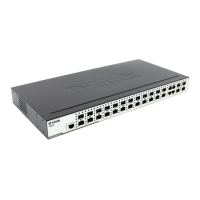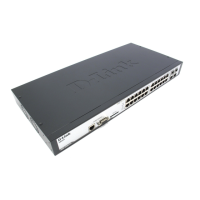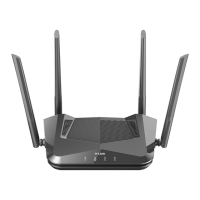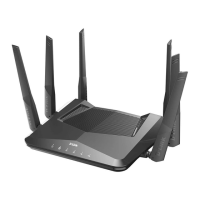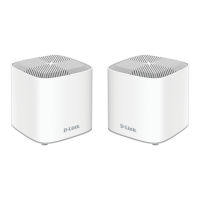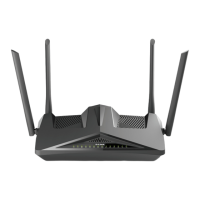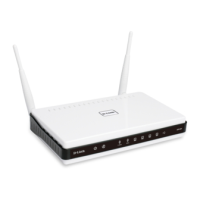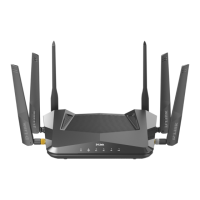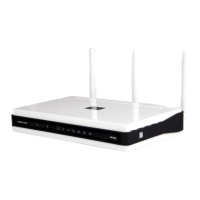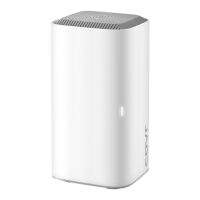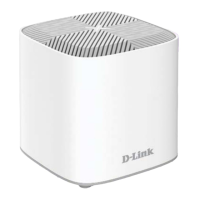xStack® DES-3200 Series Layer 2 Ethernet Managed Switch CLI Reference Manual
31
4
37
GRATUITOUS ARP COMMANDS
The Gratuitous ARP commands in the Command Line Interface (CLI) are listed (along with the appropriate parameters) in the
following table.
Command Parameters
config gratuitous_arp send
ipif_status_up
[enable | disable]
config gratuitous_arp send
dup_ip_detected
[enable | disable]
config gratuitous_arp learning [enable | disable]
enable gratuitous_arp {ipif <ipif_name 12>} {trap | log} (1)
disable gratuitous_arp {ipif <ipif_name 12>} {trap | log} (1)
config gratuitous_arp send
periodically ipif
<ipif_name 12> interval <value 0-65535>
show gratuitous_arp {ipif <ipif_name 12>}
Each command is listed, in detail, in the following sections.
config gratuitous_arp send ipif_status_up
Used to ena
ble or disable the sending of gratuitous ARP requests while
the IP interface status is up.
Purpose
config g
ratuitous_arp send ipif_status_up [enable | disable]
Syntax
The co
mmand is used to enable or disable the sending of gratuitous ARP
request packets while the IPIF interface is up. This is used to
automatically announce the interface’s IP address to other nodes. By
default, the state is enabled, and only one gratuitous ARP packet will be
broadcast.
Description
Parameters
enable Enable the sending of gratuitous ARP when the IPIF status is
up.
disable Disable the sending of gratuitous ARP when the IPIF status is
up.
Only Administrator-level users
can issue this command.
Restrictions
Example usage:
To enable a gratuitous ARP request:
DES-3200-28:4#config gratuitous_arp send ipif_status_up enable
Command: config gratuitous_arp send ipif_status_up enable
Success.
DES-3200-28:4#
